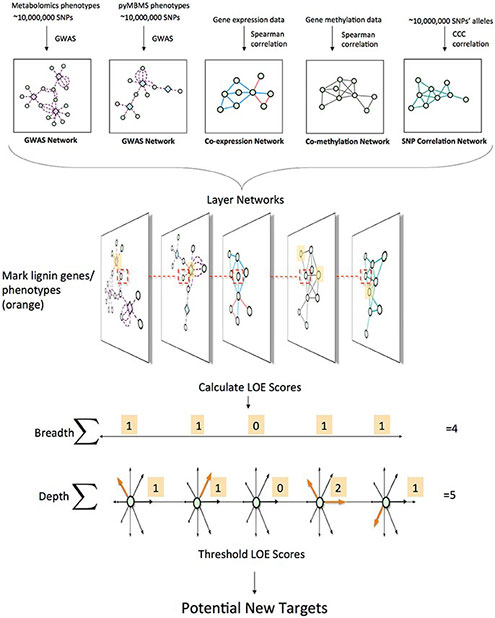
Complex Networks Identify Genes for Biofuel Crops
Systems biology leads the way to exascale computing on Summit supercomputer.

Systems biology leads the way to exascale computing on Summit supercomputer.

The first-ever computation of an atomic nucleus, the deuteron, on a quantum chip demonstrates that even today’s rudimentary quantum computers can solve nuclear physics questions.
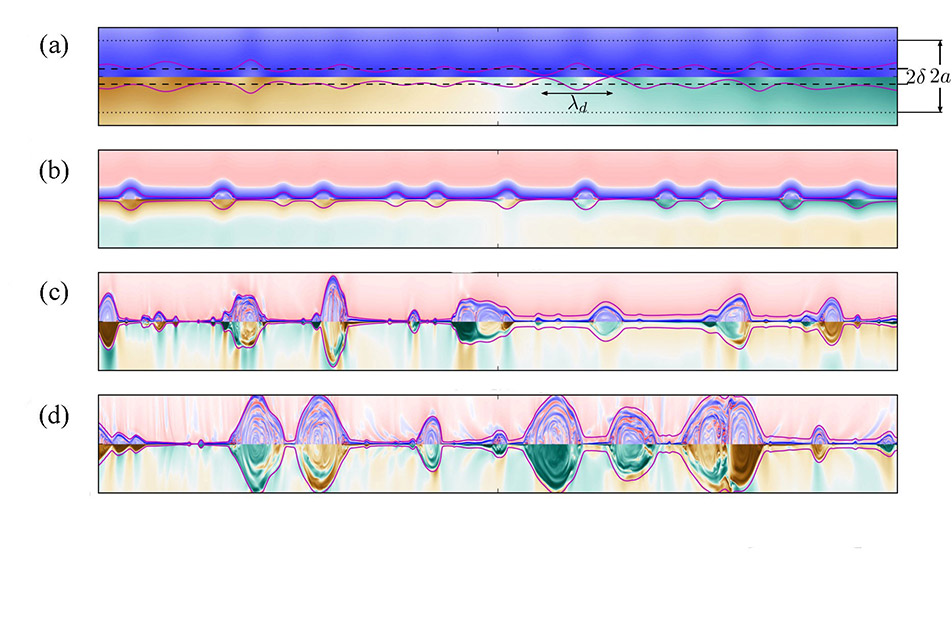
Supercomputer simulations and theoretical analysis shed new light on when and how fast reconnection occurs.
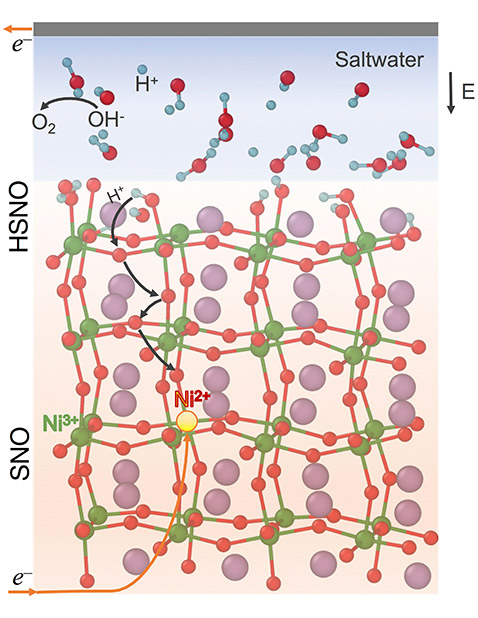
A nickelate thin film senses electric field changes analogous to the electroreception sensing organ in sharks, which detects the bioelectric fields of prey.
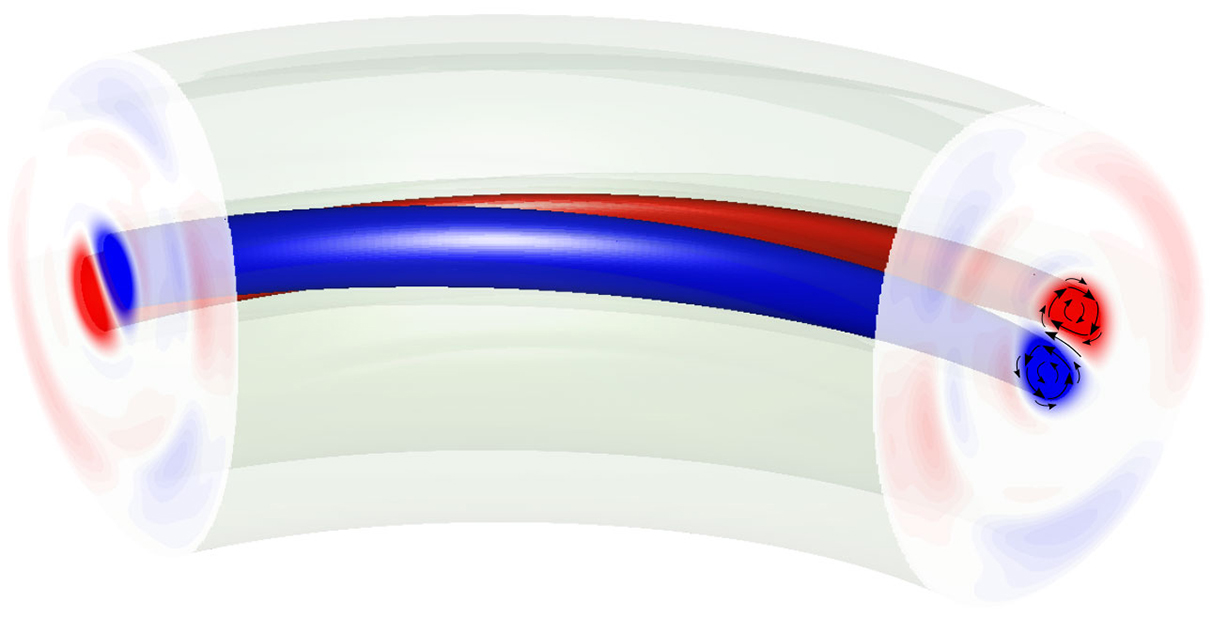
A mysterious mechanism that prevents instabilities may be similar to the process that maintains the Earth's magnetic field.
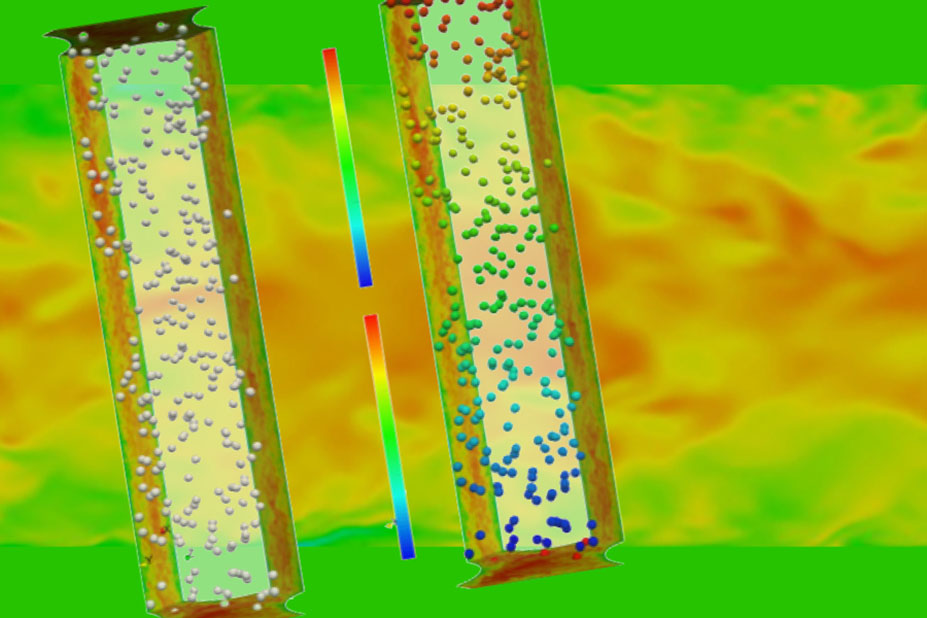
With a better understanding of bubbly flows, researchers can improve the safety and operation of our nuclear reactors.
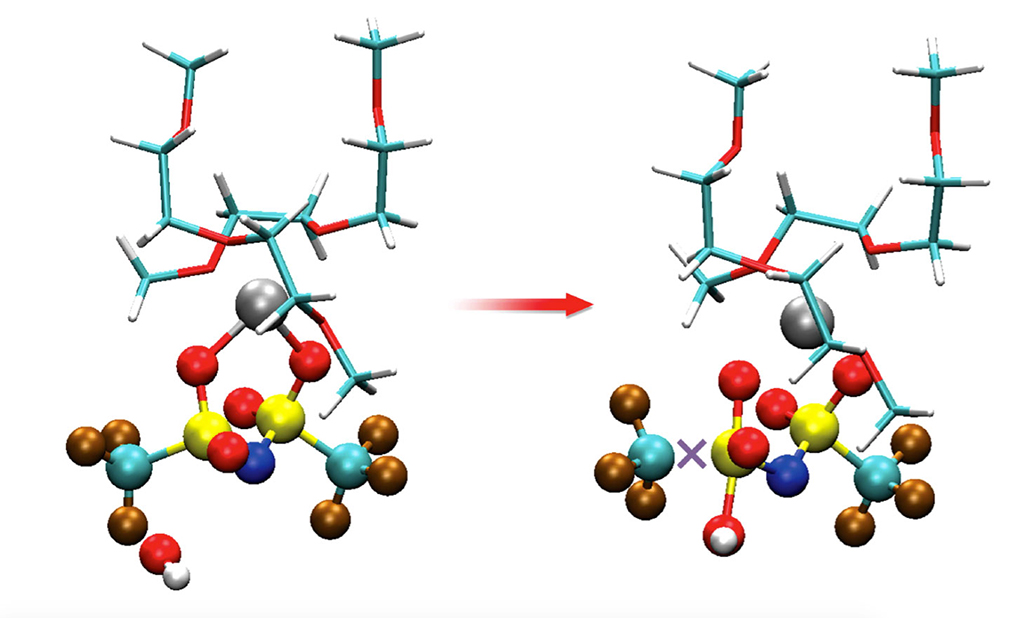
Study reveals surprising, bad chemical reactivity in battery components previously considered compatible.
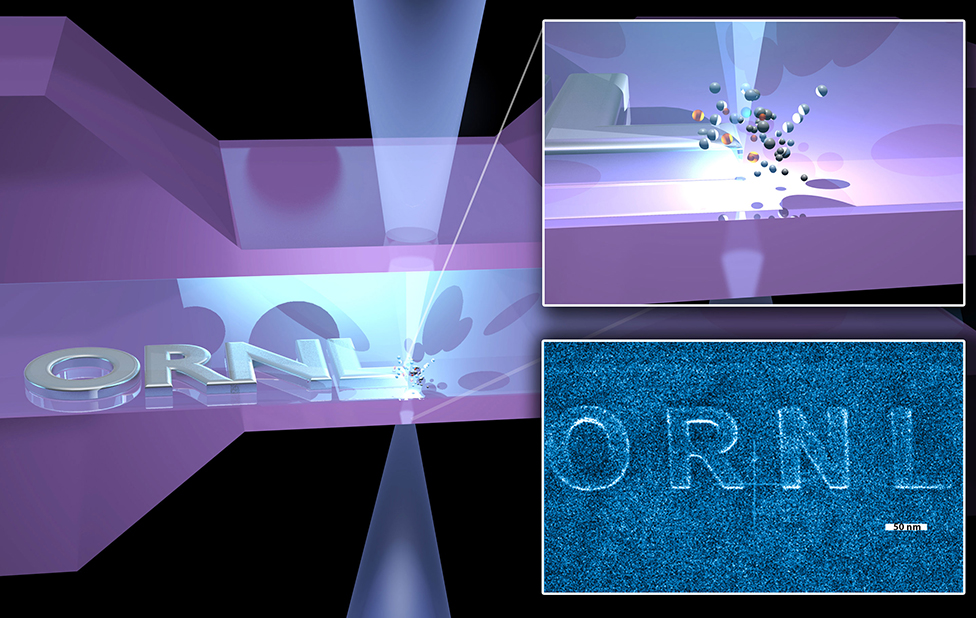
Scientists use ion beams to write high-purity metal structures, enabling nanofabrication opportunities.
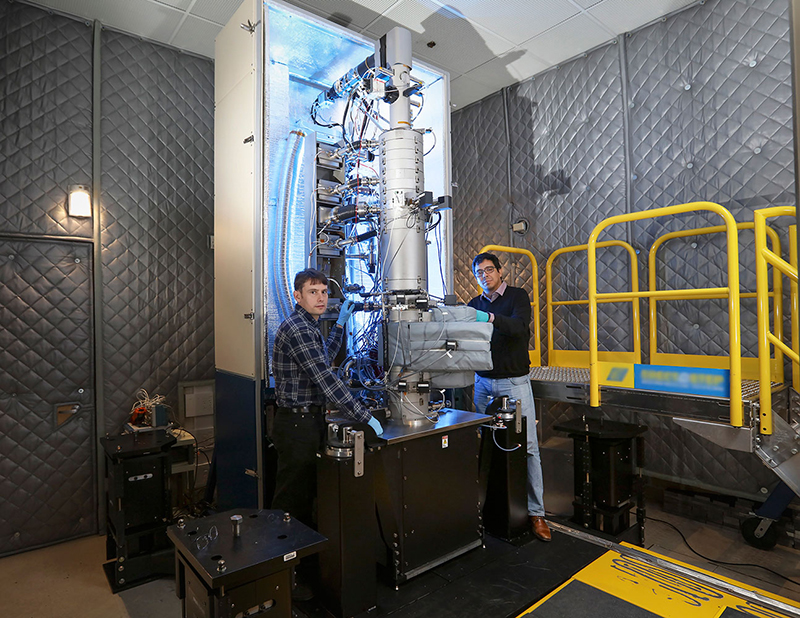
New spectroscopic technique measures heat in itty-bitty volumes that could reveal insights for electronics and energy technology.
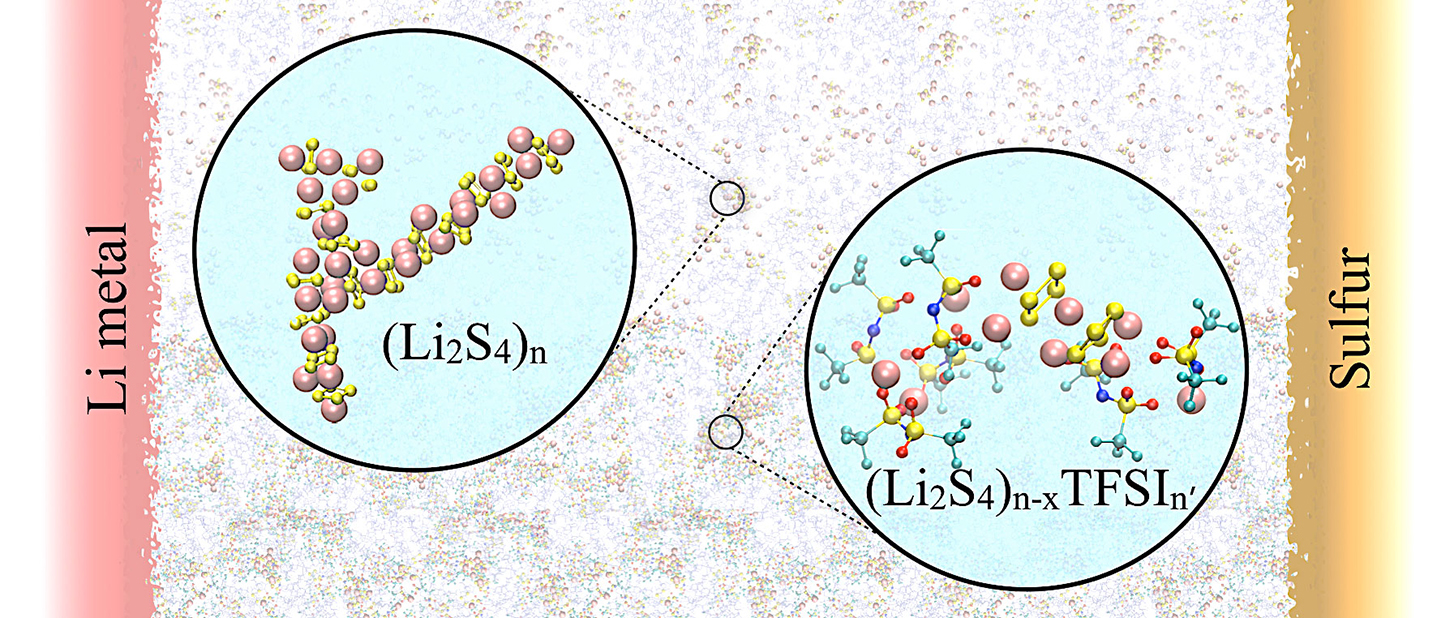
Optimizing lithium-sulfur battery electrolytes for long life.
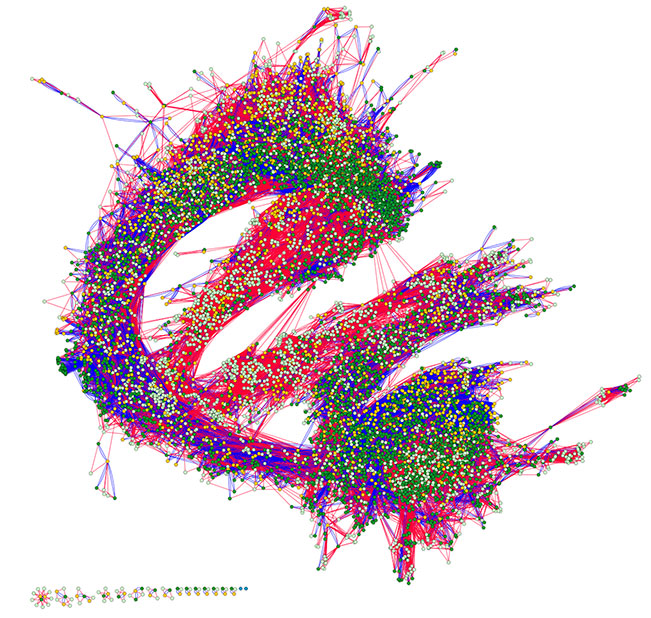
Researchers develop a method of identifying gene expression patterns in drought-resistant plants.
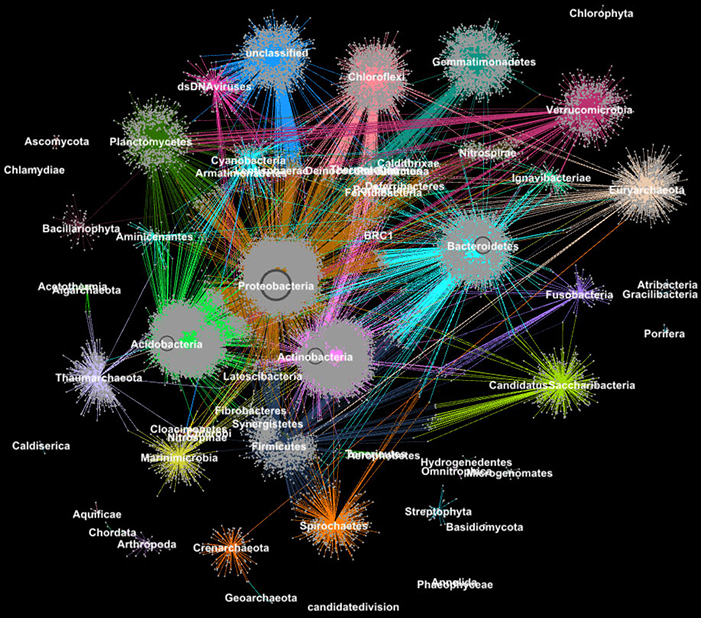
New algorithm lets biologists harness massively parallel supercomputers to make sense of a “data deluge.”
Signup for the Office of Science’s GovDelivery email service, and check the box for the Advanced Scientific Computing Research Program in your subscriber preferences.
Subscribe